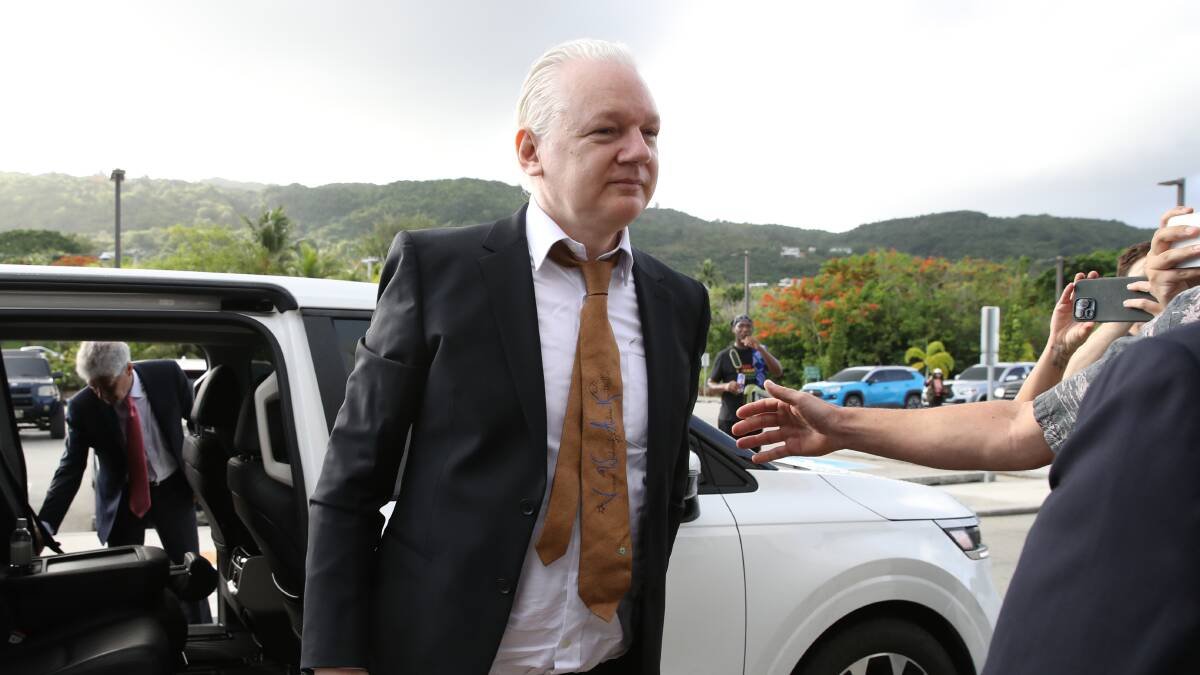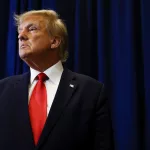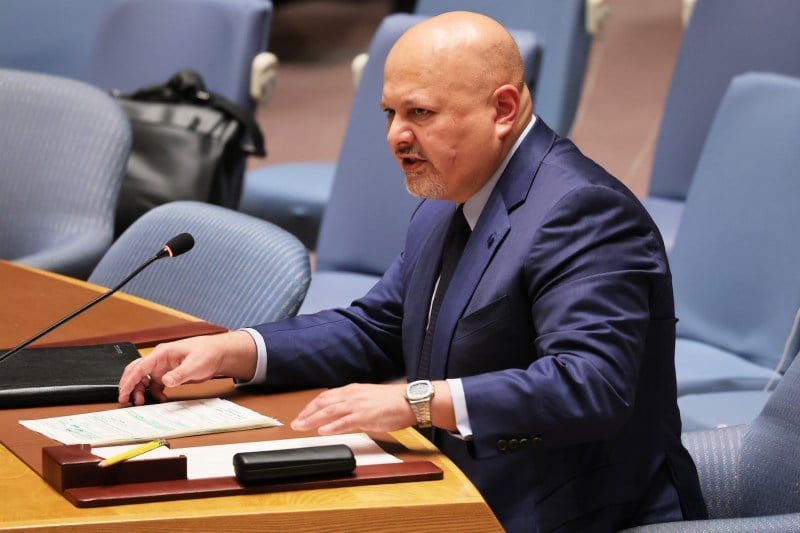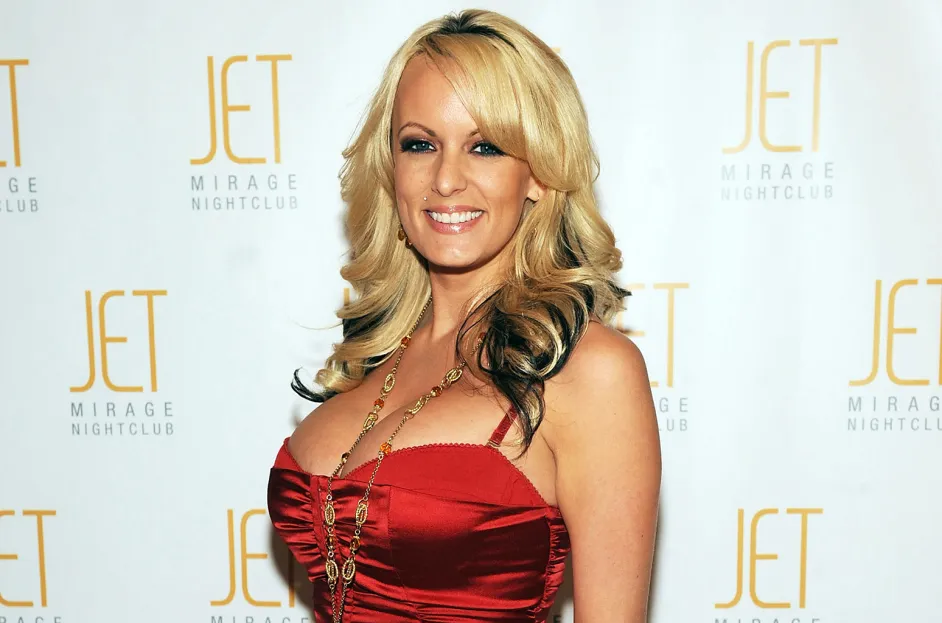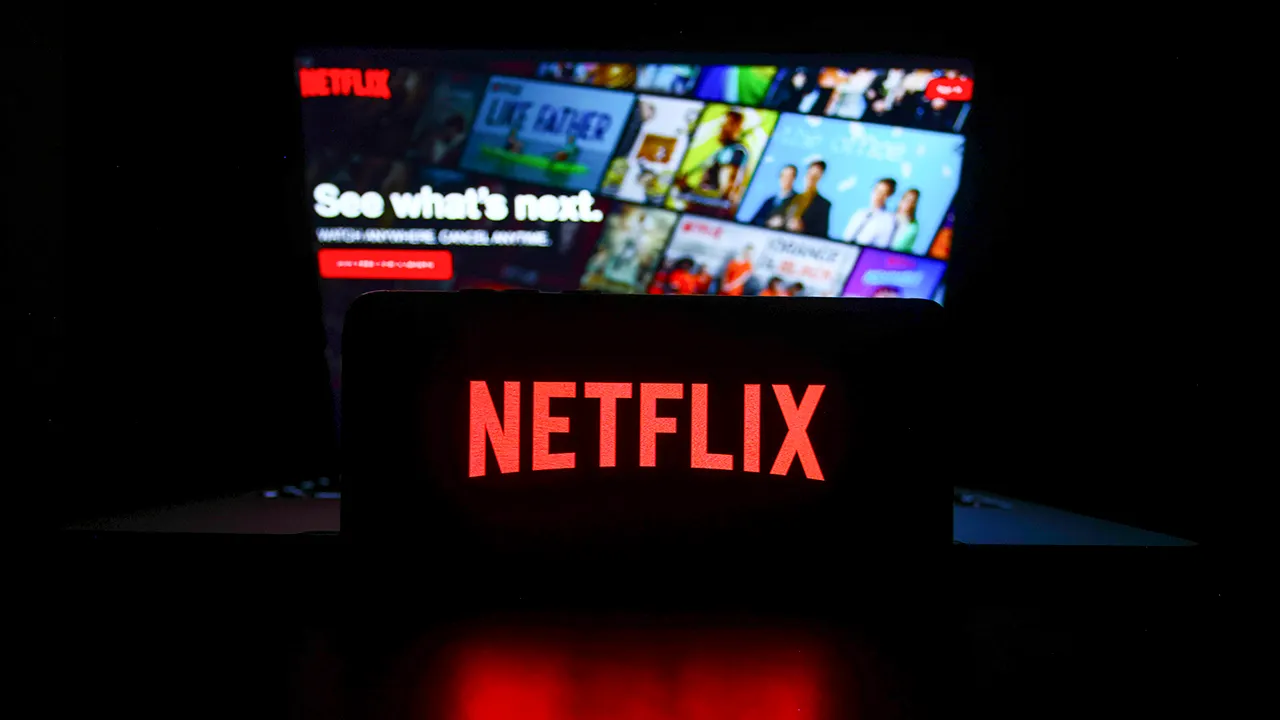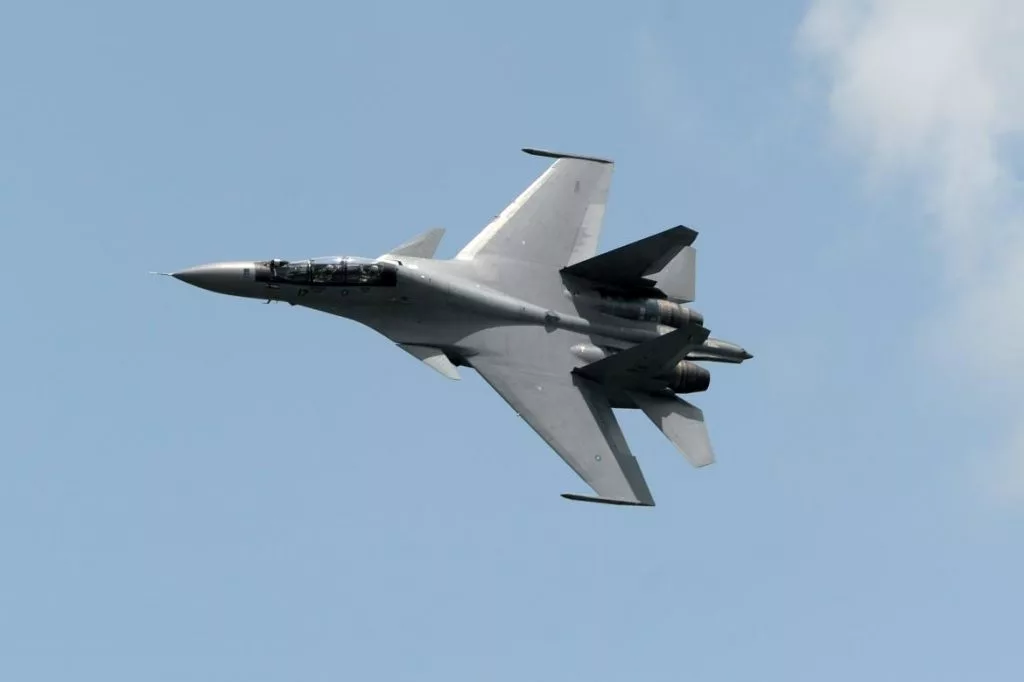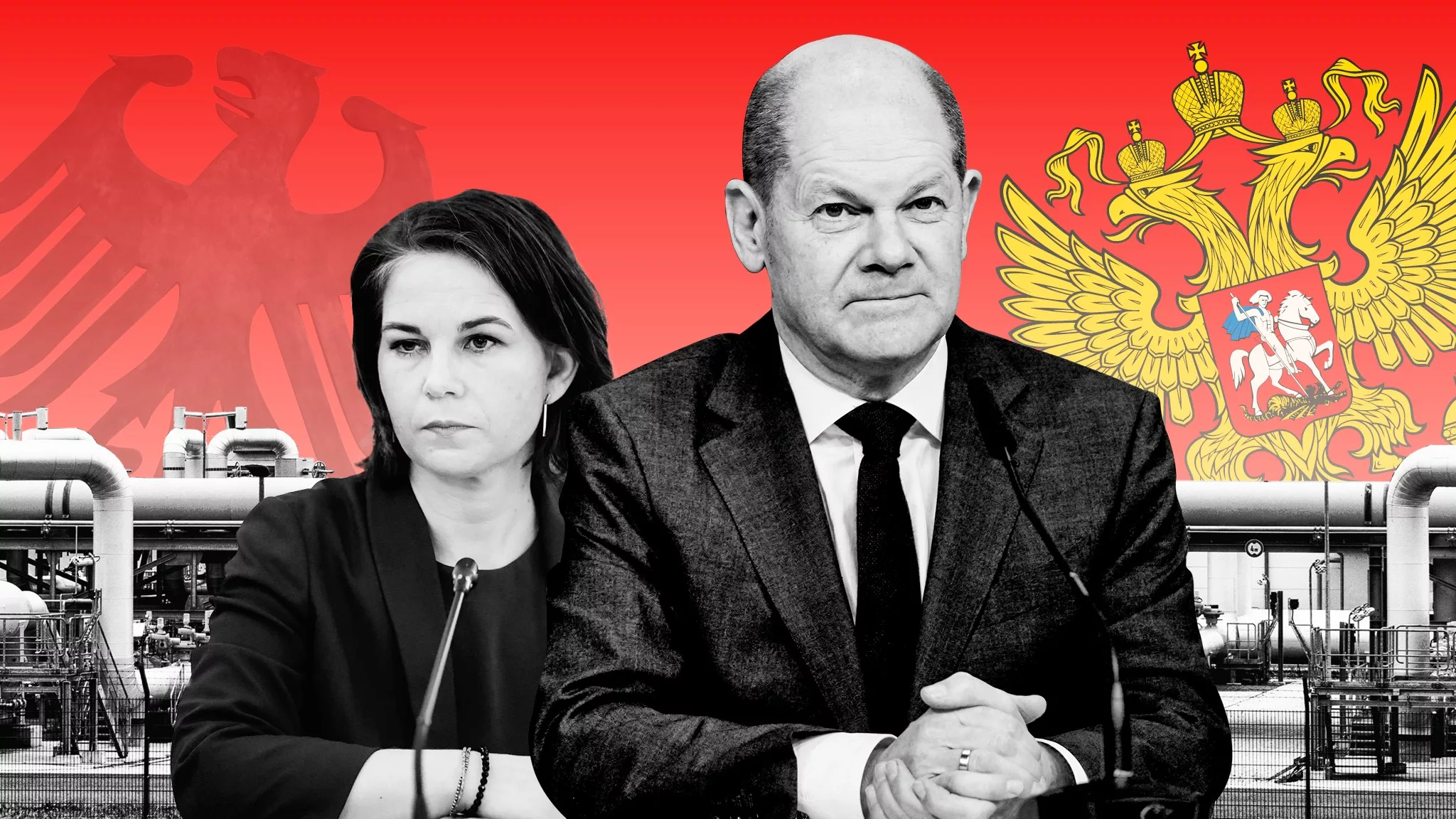In the end, it was a mix of diplomacy, politics, and law that allowed Julian Assange to board a private jet at Stansted and finally take off for Australia and freedom.
The deal that would leave him at liberty – after seven years of self-imposed ‘imprisonment’ in the Ecuadorian embassy in London, and the last five years as a guest of HM Prison Service – took months to put together but was uncertain virtually from the start.
A spokesperson for the Crown Prosecution Service said: “The possibility of a plea agreement in this case first came to our attention in March. Since then, we have been advising the United States on the mechanics of how Mr. Julian Assange could be released and appear before a US federal judge in accordance with his and the US government’s wishes.”
However, the emergence of the deal – after years of deadlock – probably dates back to the election of a new Australian government in May 2022. The emerging administration was determined to bring home one of its citizens who was in detention overseas.
Anthony Albanese, the new Australian prime minister and a member of the Labor Party, said he did not support everything Mr. Julian Assange had done but it was time for him to be released. He took the matter on board and could be said to have worked primarily behind the scenes.
“In fact, not all foreign affairs are better done with loudspeakers,” he said at the time. Another approach was for MPs to write to the delegates on the Nobel prize committee, or nominate him for peace.
The group lobbied as many MPs as possible, encouraging them to cast their vote, for example with a WhatsApp message: “Hi again sorry for the double text today but I want to thank you for your support on making this happen to me. Before the vote it is likely that I will have some eternal conversation with the Prime Minister’s office … X”.
After years of imprisonment and house for years in the embassy, he might have left UK for freedom.

